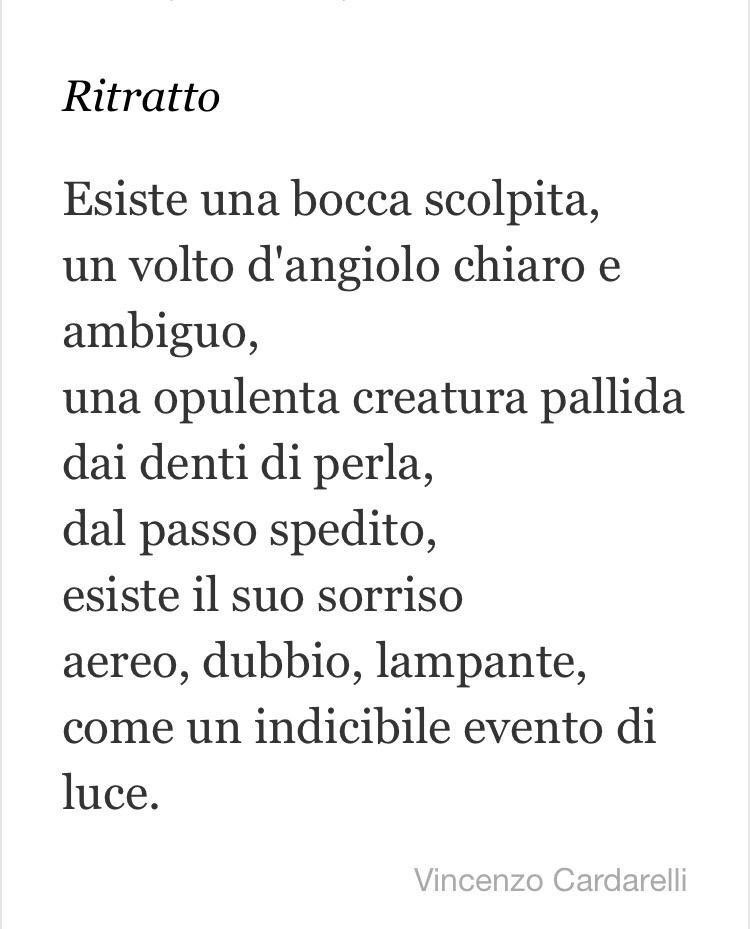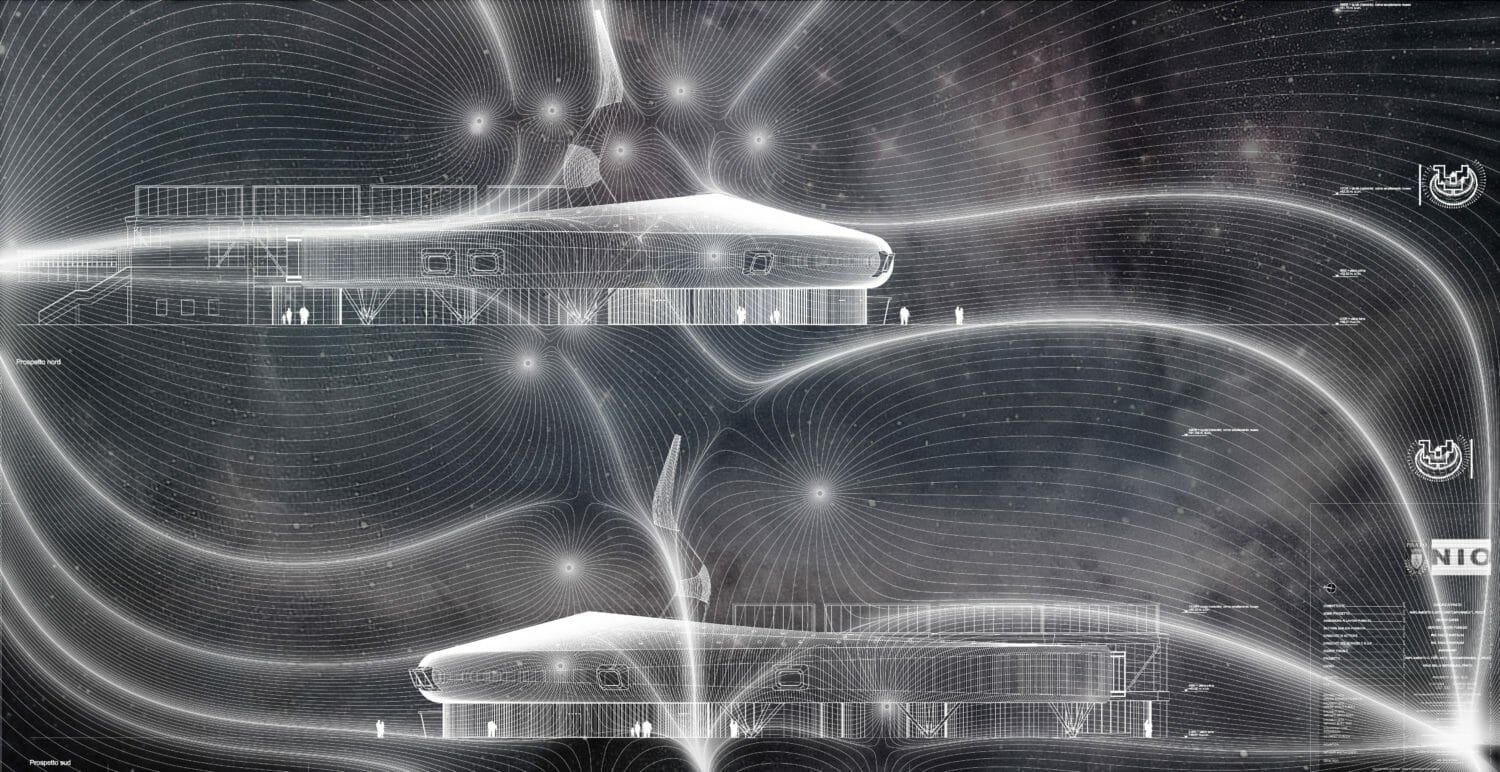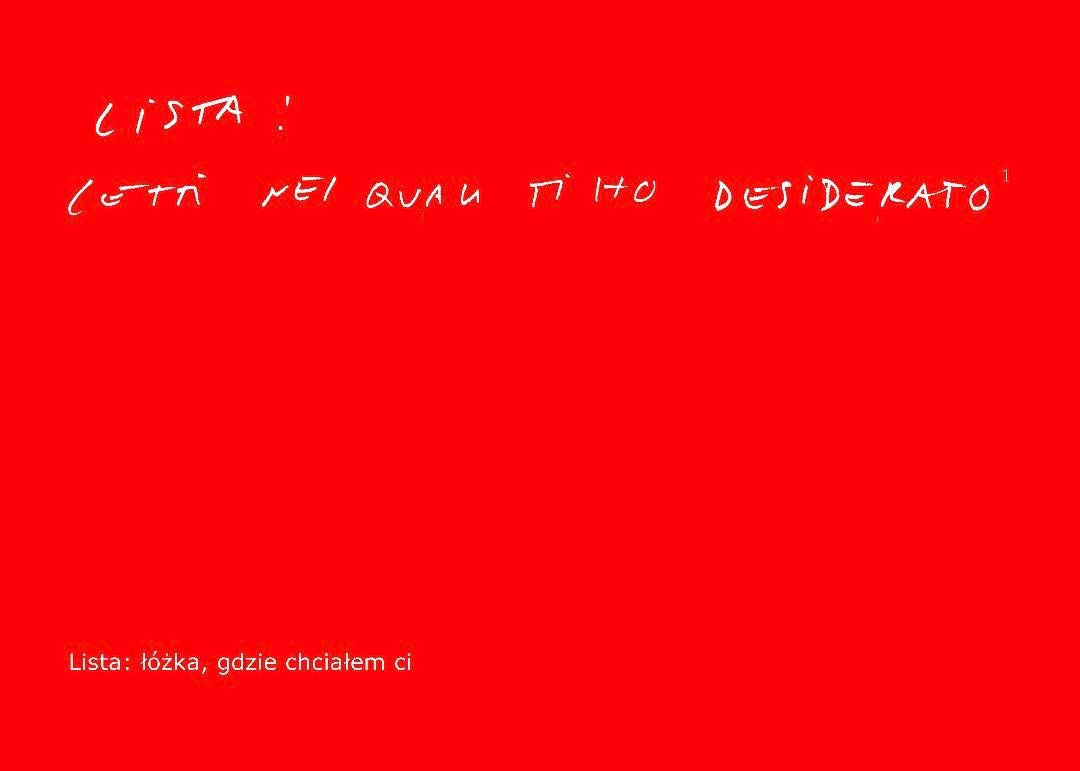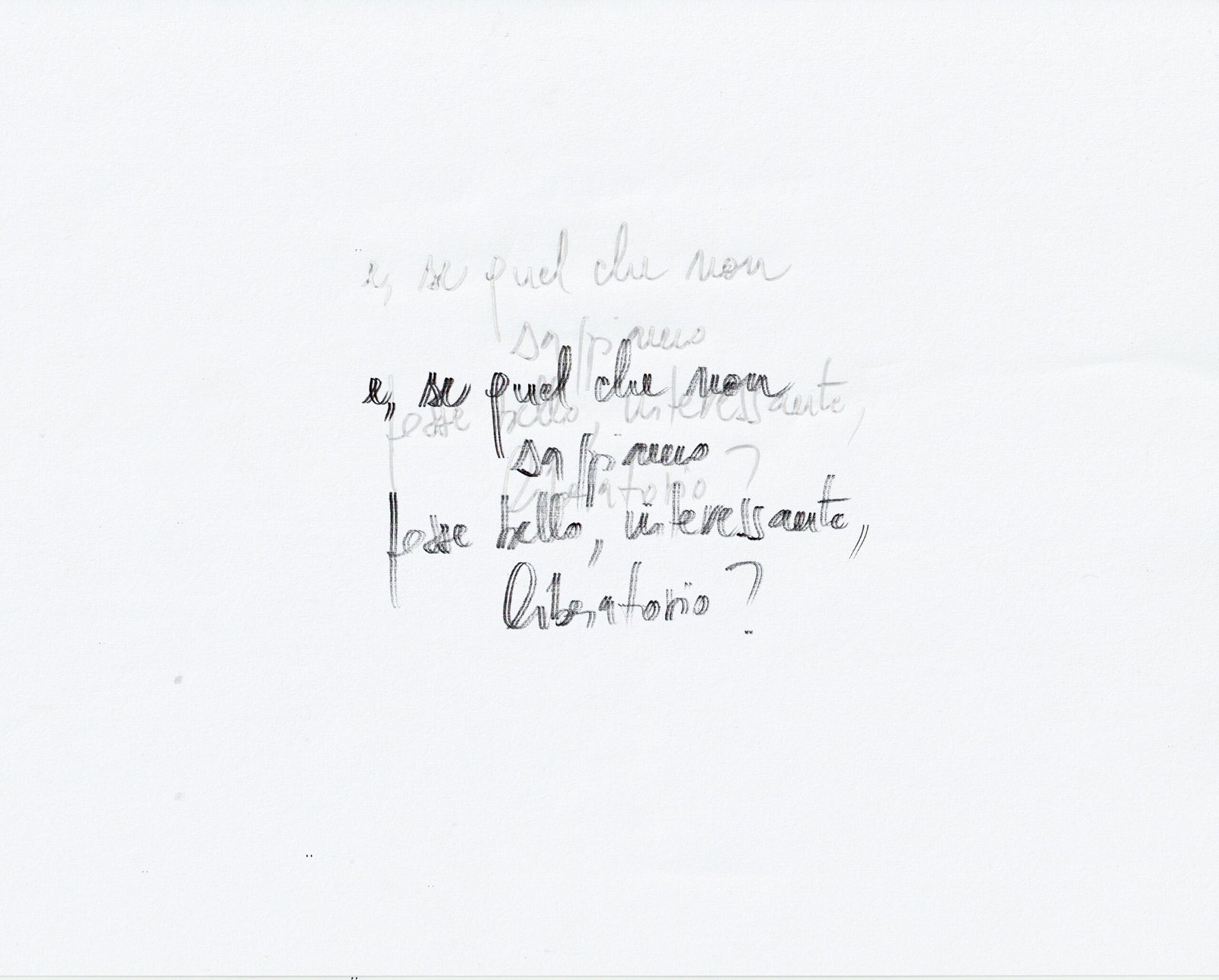- HOPE!
Due to the present global emergency we are concentrating on our online activity.
Please follow us on our Instagram profile @beatriceburatianderson for the ongoing virtual exhibition HOPE!
The times are tough, but interesting…
Let’s keep our spirit up, with love and compassion,
and let’s open to the future.
Serving Art is serving Humanity!
HOPE! is the answer given by the artists to our request to distill their own intimate experience during the lockdown months, presenting a work, a short video and a statement, as expressions of their personal sense of hopefulness.
From April 9th, 2020 to May 9th, 2020 on Instagram, and then on our website
Artworks

Quaderno di un’isola / Notebook of an Island - Ilaria Abbiento
imaginary island - Ilaria Abbiento

an Island floats in the ocean. but the sea has no border. - Ilaria Abbiento

Linee insieme / Lines together - Francesco Candeloro
Speranza / Hope - Francesco Candeloro

momenti diversi del nostro tempo / different moments of our time - Francesco Candeloro

The Kiss We Didn’t Have - Nataliya Chernakova
Drawing of hope - Nataliya Chernakova

“Comme la vie est lente Et comme l’expérience est violente” by G. Apollinaire - Nataliya Chernakova
Nature of hope - Tristano di Robilant

“Ritratto” by Vincenzo Cardarelli - Tristano di Robilant

Laguna serra - Andrew Huston
From left to right… from wet to dry - Andrew Huston

Hope - Andrew Huston

Inviolability of the female body - Margherita Morgantin
A vision of hope - Margherita Morgantin

Rimani lungo ogni istante della fioritura / Remain along every instant of the blooming - Margherita Morgantin

Elevation 2 - Maurice Nio
Interview – About Sensing the Waves, 2016 - Maurice Nio

from “SupraSensitivity in Architecture”, 2016 - Maurice Nio

Un suono sospeso nello spazio / A sound suspended in the space - Mauro Pipani
Poto una rosa abbandonata per ridare speranza alla sua ripresa / Pruning an abandoned rose, giving hope to its recovery - Mauro Pipani

Nella logica della trasformazione delle cose l’aria oggi sembra un suono sospeso nello spazio / In the logic of transformation of the things, the air today seems like a sound suspended in the space - Mauro Pipani
ARTISTS
laria Abbiento is a Neapolitan visual artist.
Her artistic practice, which has been dedicated to the sea for many years, is studded with image and matter and follows imaginary cartographic itineraries aimed at a poetic investigation of her inner ocean. Since the encounter with master Antonio Biasiucci and his “LAB \ for an irregular laboratory”, Ilaria took a research path of author photography
Andrew Huston, born in the United Kingdom, is an American/Australian /British
artist. After 20 years in New York where he had a studio in Greenpoint, Brooklyn, he moved to Venice, Italy in June 2017 where he lives and works. Huston completed his bachelors’ degree at Parson School of Design in Paris, France and achieved his Masters in painting at Sydney College of Art in Sydney Australia.
Francesco Candeloro was born in 1974 in Venice, city where he studied and graduated from the Fine Arts Academy and in which he currently lives and works. The artist places at the core of his very personal research the dimensions of light and colour, sign and shape, proportion, rhythm and movement and uses them as keys to deepen spatial and temporal dynamics. For Candeloro “art is a vision of the time”, vision which he translates through the transparencies of the coloured plexiglass, his elective and most congenial material, employed for the realization of the various types of artworks of his articulated production.
Find out moreMargherita Morgantin was born in Venice in 1971; she graduated in Architecture at the I.U.A.V. Department of Technical Physics, studying methods of forecasting of natural light. She attended the Visual Arts course at the Ratti Foundation in Como in 2001. Her work is articulated in different languages ranging from drawing to performance. She has published a book of short texts and drawings: Titolo variabile, Quodlibet, Macerata 2009; Agenti autonomi e sistemi multiagente, with Michele Di Stefano, Quodlibet, 2012; Wittgenstein, disegni sulla certezza, Nottetempo 2016. She has participated in contemporary art exhibitions in Italy and abroad. She lives and works in Milan and teaches Anatomy at the Academy of Fine Arts in L’Aquila.
Find out moreMaurice Nio (1959) graduated cum laude as an architect in 1988 at the Faculty of Architecture of the Delft University of Technology on a villa for Michael Jackson, the most curious final project of that year. This project has been of vital importance to his hybrid approach. Through a mixture of mythological and pragmatic mental processes, cryptic and at the same time utterly transparent design strategies, he has realized projects at BDG Architekten Ingenieurs (1991-1996), such as the enormous waste incinerator aviTwente. At VHP stedebouwkundigen + architekten + landschapsarchitekten (1997-1999) he realized the Zuidtangent, the longest highquality public transport line in Europe.
Find out moreMauro Pipani (born 1953 in Cesenatico Italy) lives and works between Cesena and Verona. He graduated in 1976 at the Academy of Visual Arts in Bologna under the supervision of professors Pompilio Mandelli and Maurizio Bottarelli. He started off back in 1972 with a group of young artists called “la Comune” directed by the Nobel Prize Dario Fo. In 1975 he founded, at the Academy of Visual Arts, an artistic movement called di ‘Via delle Bisce’, in which the artists, despite their own different languages, were united in the intent of producing social engaged art. In the 1970s he collaborated with “Sul Porto”, an art publication directed by Walter Valeri, Stefano Simoncelli and Ferruccio Benzoni. Pipani’s works are characterized by a stratification of materials (gauze, fabric, papers, metal fragments, etc.) and languages such as painting and word, normally accessing his works. Landscapes in balance between interiority and exteriority, reality and memory, local and global.
Find out moreChernakova’s multifaceted practice draws parallels between pre-historic, Renaissance, contemporary and post-Internet culture and its cult objects. The connections she draws are based in research on art forms as tools for manipulation of the crowd, the evolution of perception and the border between kitsch and fine arts.
Find out moreGiovanni Rizzoli was born in Venice in 1963; after the primary and lower secondary school and the first year of classical studies in high school in Venice, he lived his adolescence between Canada and Switzerland, attending Stanstead College in Québec, and at the École Nouvelle de Chailly in Lausanne. Between 1984 and 1985 he attended the Sotheby’s Works of Art Course in London, and from 1985 to 1987 he followed courses, also in London, at the Architectural Association and at the same time, for a brief period, at City and Guilds. In 1988 he lived in New York, where he frequented some of the leading artists of the time, including Not Vital, Saint Clair Cemin, Salvatore Scarpitta and Louise Bourgeois. While in New York he also attended a course in traditional Japanese painting. After returning to Italy, in 1991 he graduated in the History of Medieval Art at the Università Ca’ Foscari of Venice. He taught at the New York University in its Venice and New York premises.
Find out moreTristano di Robilant, born in London in 1964, grew up in Italy and England. He graduated from the University of California at Santa Cruz, where he was influenced by the lectures of the architectural historian and critic Reyner Banham (1922 –1988). Tristano’s first solo exhibition was at the Holly Solomon Gallery in New York. He later collaborated with curator and gallerist Lance Fung on a series of glass sculptures entitled Domestic Temples, now part of the Sol LeWitt Collection. Invited by Giorgio Guglielmino to Calcutta, Tristano travelled repeatedly to Bengal to work on a series of silkscreens in collaboration with Pria Lall. Tristano has exhibited extensively both in Europe and in the United States, including at Annina Nosei’s gallery and the National Exemplar gallery in New York, Galleria Bonomo and Paolo Curti in Italy.
Find out more




